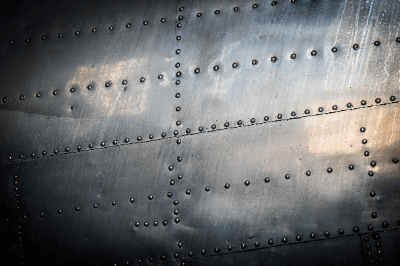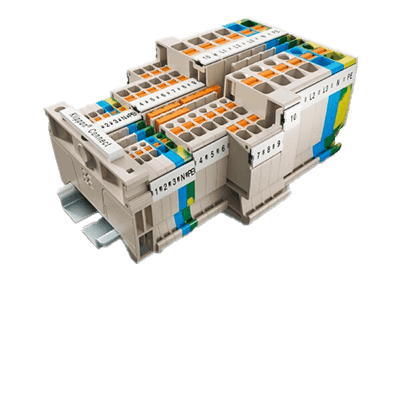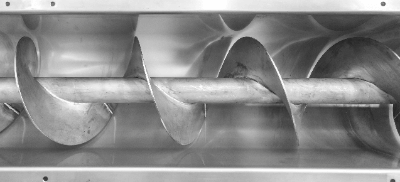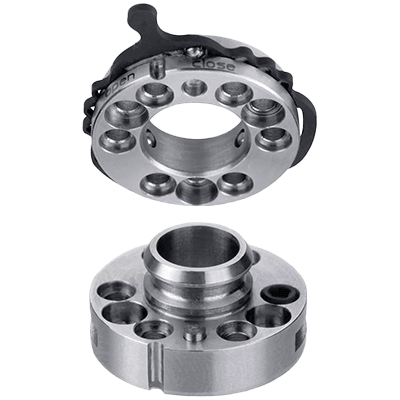What Is a Welding Rod?
Welding Rods are metal rods used in applications for detecting the position of objects.
They are an important material with electrical conductivity and durability, and are used in a variety of industrial fields due to their advanced functionality and precision. It is commonly used in water treatment facilities, in water storage tanks, water purification plants, and sewage treatment facilities.
It detects fluctuations in water levels. This enables appropriate water supply and drainage control, contributing to improved facility efficiency and safety.
Uses for Welding Rods
Welding Rods capable of detecting water level position are widely used in various industrial fields due to their high reliability and accuracy.
1. Water Treatment Facilities
Accurate monitoring of water levels is important in water treatment facilities. Welding Rods are used in water storage tanks, water treatment plants, and sewage treatment facilities to detect water level fluctuations. They enable appropriate water supply and drainage control, contributing to improved facility efficiency and safety.
2. Water Supply Facilities
Welding Rods are also used to detect water levels in water supply facilities. For example, in water towers and water storage tanks, Welding Rods measure the height of the water level and can be used for water volume control and water supply planning.
Welding Rods are also incorporated into water supply systems in homes and buildings to control water supply based on accurate water level information.
3. Agriculture and Irrigation
Water level monitoring and control is important in agricultural and irrigation systems. Welding Rods are used in agricultural water tanks and irrigation channels to provide accurate water level information. This enables optimization of crop watering rates and irrigation schedules, resulting in more efficient use of water resources.
4. Aquaculture
In the aquaculture industry, it is important to manage the growing environment for fish and shellfish. Welding Rods are incorporated into aquaculture ponds and tanks to monitor and control water levels. By appropriately adjusting the aquaculture environment in response to water level fluctuations, water quality and temperature stability can be ensured and the growing environment can be optimized.
5. Hydropower Generation
Water level control of dams and reservoirs is essential for hydropower plants. Welding Rods detect fluctuations in water levels and provide feedback to the controller to ensure stable power generation and safety.
Principle of Welding Rods
Two or more Welding Rods of different lengths are fixed to the tank. A weak voltage is applied between Welding Rods, and the level is detected when a conductive object comes in contact with them. In most cases, three sets of switch relays, holders, and Welding Rods are used as a set when used in tanks.
The holder holds the electrode rod in place, and after detecting the level with the Welding Rod, the switch relay applies voltage to the Welding Rod while outputting a contact point. Welding Rods are constructed with a device called a “floatless switch”.
The switch relay supplies a weak voltage, less than 30V, and the output is controlled by contact between Welding Rods. The floatless switch has contacts that turn ON when the Welding Rod is immersed at high liquid level and turn OFF when the Welding Rod leaves the liquid at low liquid level. These contacts control the pump operation and shutdown to keep the tank water level within a certain range.
A set of Welding Rods consists of four rods: one for grounding, one for water reduction, one for condensate, and one for full water. Taking the case for controlling the drain pump as an example, it can also be used for controlling the water supply pump by replacing the electrodes for reducing water and condensing water.
1. For Grounding
The ground is the longest Welding Rod and is installed near the bottom of the receiving water tank. It is always in contact with water during operation and is energized, making it the reference for all Welding Rods. It is also called “common electrode”.
2. For Water Reduction
The second longest Welding Rod detects when the water level in the receiving tank has dropped enough to cause problems such as the possibility of the pump idling. It is installed slightly above the pump suction port.
3. For Condensate
These are shorter Welding Rods than those for water reduction. The Welding Rod for water reduction detects that the water level has dropped and that there is enough water to operate the pump again after the pump has been shut down.
4. For Full Water
The shortest Welding Rod detects when the receiving water tank is full. It is installed to prevent full water in the event that other devices that detect full water fail. It is installed above the normal water level for full water detection.
Most Welding Rod products are made of metal and are exposed to liquid, which may cause them to stop working properly due to corrosion. In addition, due to the level detection principle, they are not suitable for detecting insulating objects and cannot be used for insulating oil, etc.
How to Select Welding Rods
When selecting Welding Rods, the length, diameter, and durability should be taken into consideration, depending on the intended use.
Even if the description of the material properties of Welding Rods states that they are “sufficiently corrosion resistant” or “corrosion resistant,” this does not mean that they are completely free from corrosion.



